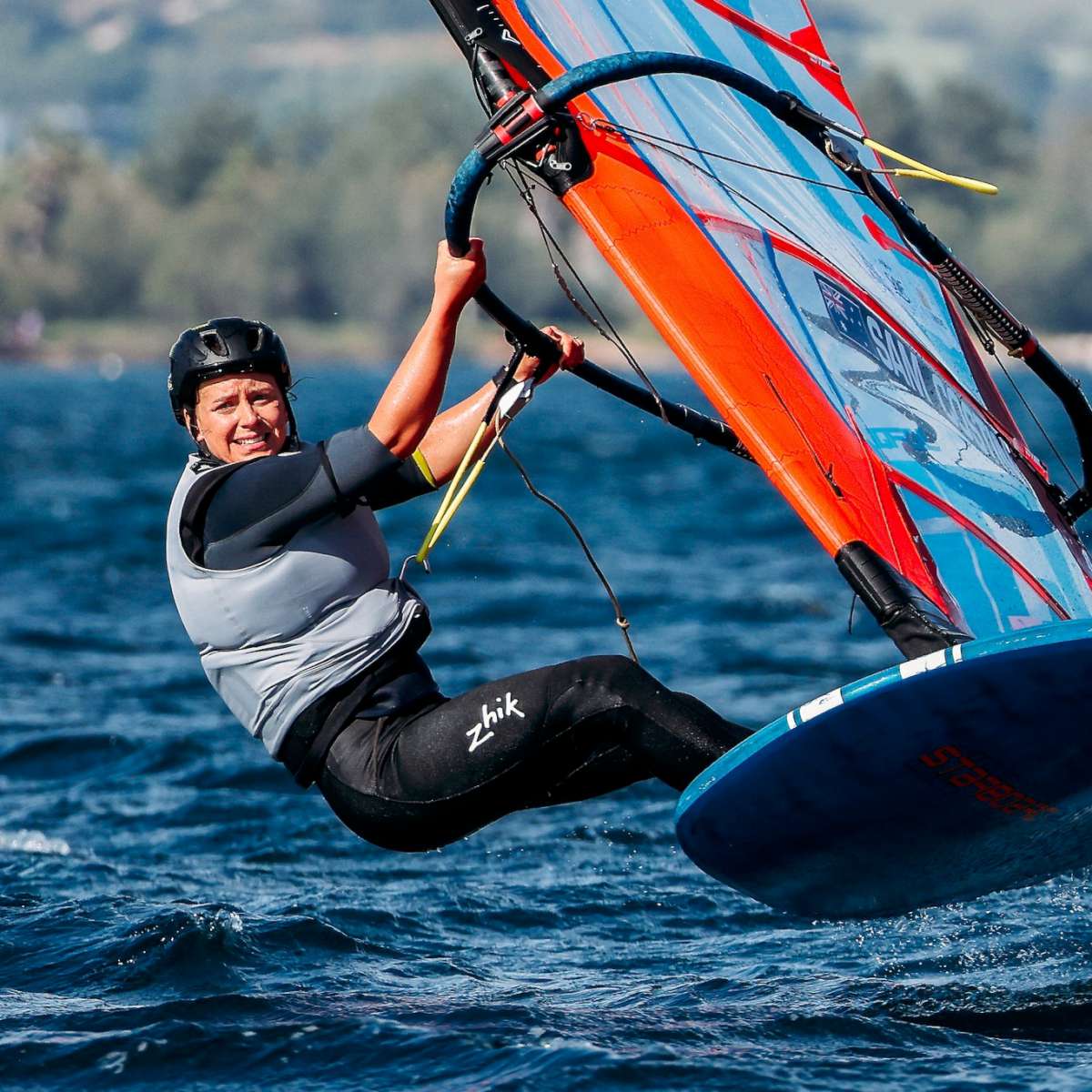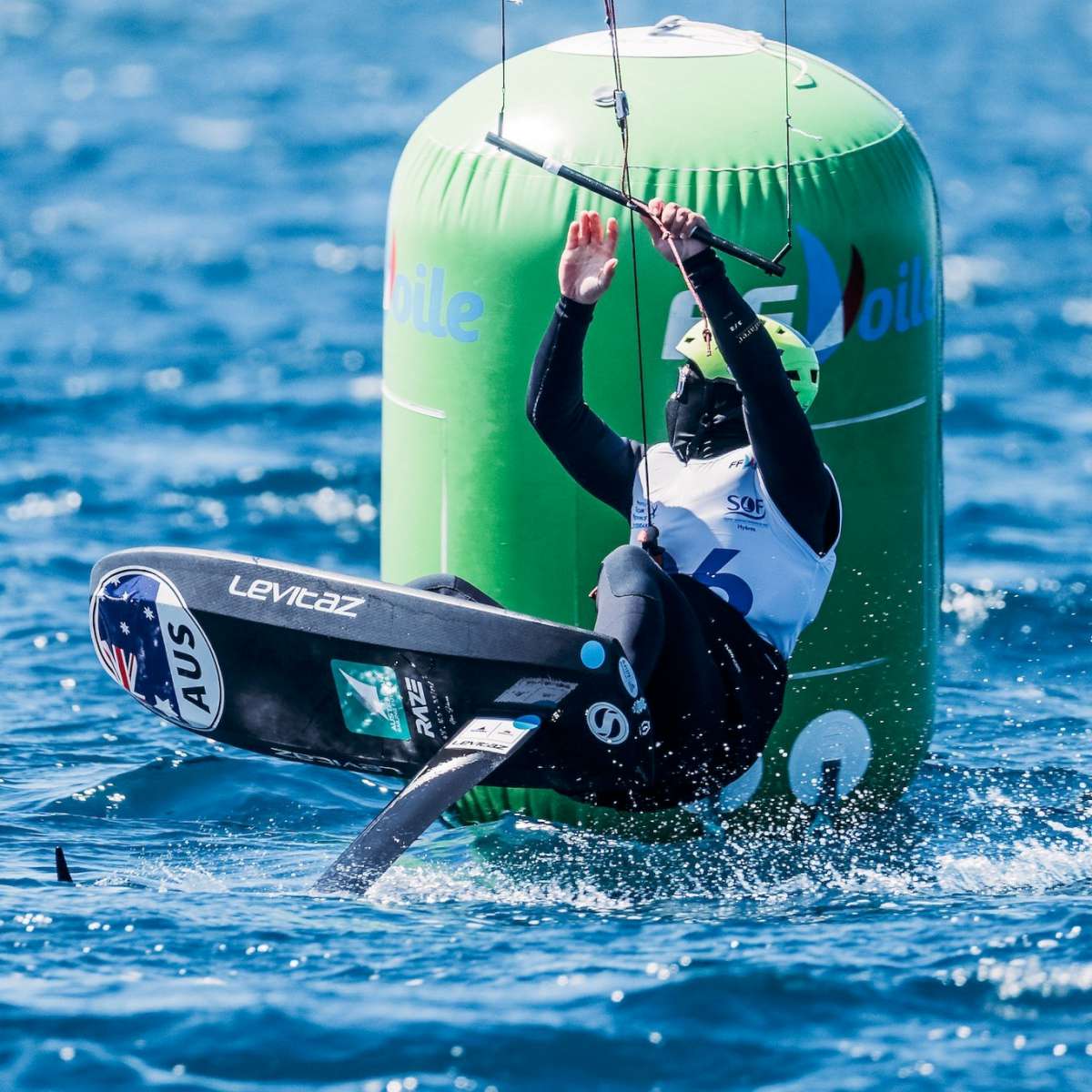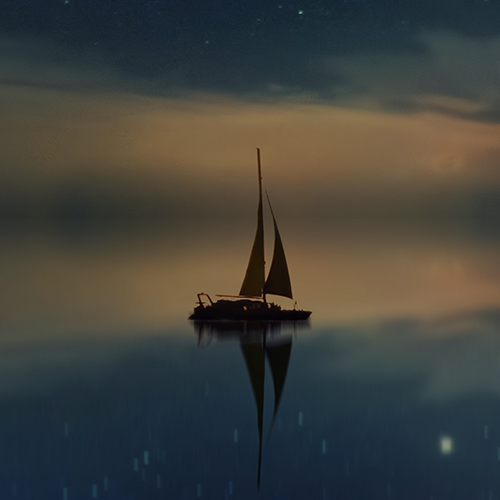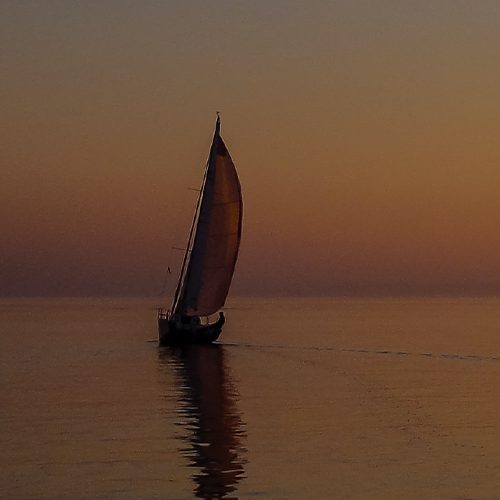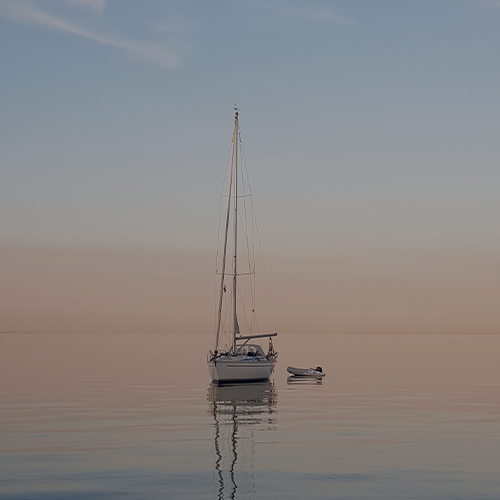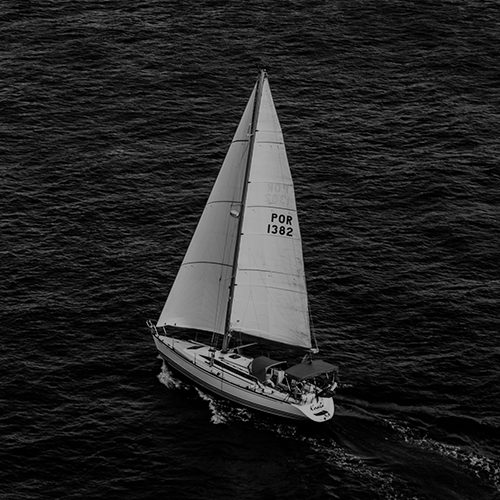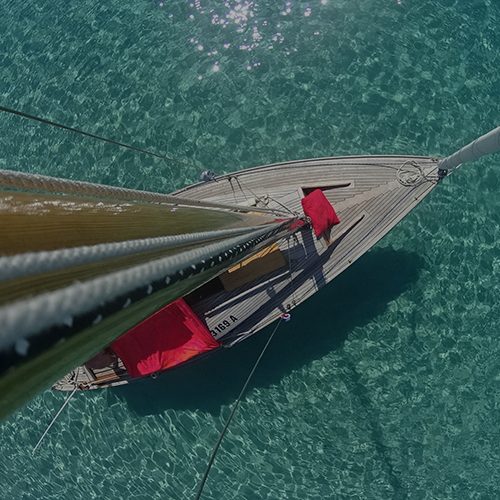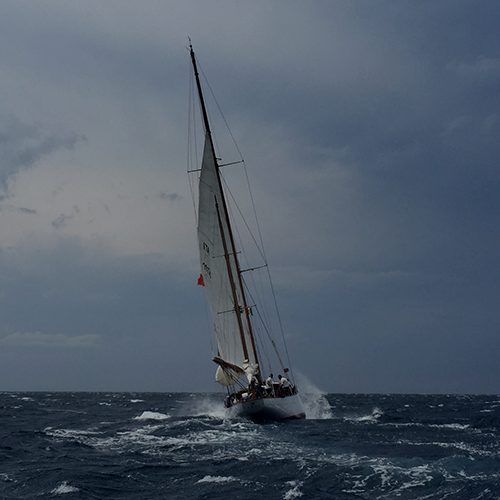25 February 2025: Article provided by Boating Industry Association (BIA)
The lead up to the 2025 Hansa Class World and International Championships, 23 to 30 March 2025 at the Royal Prince Alfred Yacht Club, is the opportunity to celebrate Hansa’s aims and what makes this international class unique, according to Boating Industry Association President Andrew Fielding
Fielding said Hansa was an outstanding example of the diversity of business within the BIA membership across Australia.
Hansa was founded on the original sentiment of inclusion and operates with the objective of being “open to everybody”.
Hansa Sailing came about through the evolution of a sailing dinghy designed by Chris Mitchell. A life-long boat builder, Chris was living and working in Southeast Asia when he designed the forerunner of the current Hansa 2.3.
“Sailing is a sport, or recreation that is perceived as elite and requiring a high degree of skill,” commented Chris. “Add to that, sailing requires the movement of bodyweight to prevent a capsize, and the steering is by a back to front tiller which turns the boat in opposite direction to where you expect to go.
“This results in over complication which leads to capsize and dunking, which can scare away more newcomers than it attracts!”
The solution is simple – Universal Design.
“The solution lies in the adoption of a new breed of craft which conform to the principals of Universal Design (UD) – beginning at entry level, and then encouraging more sophisticated UD craft as awareness and demand grows,” Chris explained.
“Universal Design is a worldwide movement based on the concept that all products, environments and communications should be designed to consider the needs of the widest possible array of users.”
While living in Singapore, Chris was building a neat 2.3 boat intended as the perfect sailboat to introduce the locals to sailing. “I didn’t know anything about disability,” he stated.
He returned to Australia in 1992 and continued his pioneering work. “We had been designing and building our sailboats for about 10 years when we received an email in 2002 from Ishi Masaaki Shiraisi who worked to promote Universal Design in Japan. His group, Japan Productive Aging Research Centre, had been shown a video of our boats in action by a volunteer with Sailability Japan.
“Ishi wrote that his group was impressed, as our boats were amongst the finest examples of Universal Design they had seen. He was also the Chair of the Universal Design stream of the United Nations’ 6th International Conference on Aging which would be held in Perth Australia later that year. He invited us to attend and present our boats to the world. We found this very exciting as we had never heard of Universal Design so we set about learning what UD could be.
“We discovered that because of the ballast keel, seating facing forward, steering with a joystick, and the reefing system, all of which make them very stable, safe and easy to handle, they became the foundation of Sailability in Australia.”
In 1994, Chris and partner Jackie formed Access Dinghy Sailing Systems Pty Ltd (ADSS) to manufacture their boats, and in 1998 the Access Dinghy Foundation Inc (ADF) as a Not-For-Profit to promote accessible sailing programs around the world. Later ADSS became Hansa Sailing Systems, and ADF became the Sailing for Everyone Foundation (s4e), which enjoys the patronage of Australia’s Governors-General.
BIA welcomed Hansa as members in January 1998 and has been proud to work with Sailability to display Access Dinghies at Sydney International Boat Shows over the past few years.
The Hansa philosophy is one of access for all.
“The greatest gift we can give people with a disability is not segregated sailing programs and facilities, but to include them in everyday activities,” Chris shared.
“The best way to achieve that is to use boats and equipment of Universal Design. But there are great benefits for sailing too; through UD, sailing can become the first sport in the world to offer true and complete inclusion where there is no need to run segregated disabled programs. This in itself will be something to boast about, and give sailing a leading marketing edge, which can raise its profile and popularity.”
Disabled people are no longer an invisible minority, he continued.
“At the beginning of the 20th century, older adults and people with disabilities were minorities. The average human lifespan was below 50 years, and people who received spinal cord injuries had a low chance of survival. Most people with chronic conditions lived in institutions.
“People are living longer today. The average lifespan has increased to nearly 80 years, largely due to healthier living, better medicine, and vaccines and sanitation. As lifespan increases, more people are living with disability.
“The limitations imposed by products and environments designed and built without regard to the needs and rights of all citizens are significant. People with disabilities have become more integrated in society because of legislation, advances in rehabilitation engineering and assistive technology, and the universal design movement.
“In the past, designers have ignored the needs of anyone who isn’t a right-handed, physically fit male, of average body size and aged between 18 and 45. That’s been the target market in the past. By 2050, it is projected that this group will make up less than 15 percent of the population – so, what about the other 85 percent of the population who do not suit ‘normal’ design parameters?
“Disability is not something odd or rare – it’s a normal function of living. What we should be talking about is diversity.
“Consider this: with UD you don’t have to talk about inclusion because you didn’t exclude anyone in the first place.”
For his groundbreaking boat designs, attracting thousands of people to sailing in various countries, Chris was awarded the NSW Maritime Medal for “selfless, outstanding and sustained contributions to the boating and maritime community in NSW” at the 2017 Sydney International Boat Show.
Today, approaching 80 years of age, Chris is as passionate and proud of his boats as ever. And he should be. The statistics are testament to their popularity the world over. More than 3,800 Hansa sailboats are on the water in 38 countries. Hansa boats introduce around 200,000 people to sailing each year and his boats are the unifying factor.
There’s the 2.3m (8ft), 303 (10ft), Liberty (12ft), and the ex Paralympic SKUD 18 at 20ft. SKUD is an acronym for SKiff Universal Design. The boats, according to their maker, are “intuitive, handle all kinds of weather, stable, ‘zappy’, keep you dry, and are perfect for people who are new to sailing”.
“It’s so easy. You’re facing forward, turn the joystick left and you turn left. In five minutes, you’re sailing and in 15 minutes you’re racing each other around the buoys. They can handle 25 to 30 knots even for people who haven’t sailed before. And while the boats incorporate winches for people with mobility challenges, they are hidden away. You can’t tell that the sailor on board sailing alone is a quadriplegic.”
The Australian Hansa Class Association Inc was established in 2005 as the Australian Access Class Association and is affiliated with Australian Sailing.
The objectives of the Association are to promote and develop Hansa Class racing under uniform rules at a local, state and national level for people of all ages and abilities. State and National Championships are held annually.
The Australian Hansa Class Association is a member of the International Hansa Class Association.
Hansa Class World and International Championships are held every second year, and have been held in sensational sailing venues including Portimão, Portugal in 2023, Palermo, Italy in 2021, and the first time in Asia in 2018, in Hiroshima, Japan, with the full spectacle of government officials in attendance, 191 sailors from 24 countries taking part, an Athletes Village and packed program celebrating Japanese culture.
“Hansa Sailing is very popular in Japan. At the Worlds in Hiroshima, the Prime Minister spoke, it was attended by the provincial Governor, Mayors, and the Japan Sailing Federation President. They really got behind it. It’s huge in France too, where Hansa Class is called ‘La voile Ensemble’ which means ‘sailing together’.”
Hansa’s popularity extends to growing communities in Europe and Africa, the Asia-Pacific including Australia and New Zealand, and three regions in the Americas.
Hansa is inclusive in that it’s open to everybody, not focused on disabled, but inclusive of disabled sailors,” Chris elaborated.
“Mainstream finds that hard to understand. This is not tokenism, it’s true competition. In fact, Class President, Vera Voorbach from the Netherlands is quadriplegic and is World Champ in the Liberty class, racing against able-bodied sailors.”
In March, the 2025 Hansa Class World and International Championships return to Australia.
The Royal Prince Alfred Yacht Club is the venue, and entries include 35 Liberty sailboats, 10 Skud 18s with pairs, more than seventy 303 singles, and fifty 303 doubles – a total of around 200 sailors and 180 boats. Competitors and their support teams represent Spain, France, Italy, Poland, the Netherlands, China, Japan, Singapore, Hong Kong, India, New Zealand, USA, Chile, with a strong Australian contingent.
Spectators are welcome and Chris said it will “blow people away with the skill AND camaraderie”.
“We are all different, there is no norm, other than it is normal to be different. Our interpretation of inclusion considers the needs of everyone, including those with extreme differences.
“Being accessible is easy. Inclusion requires a change of heart, where you actually make people from diverse backgrounds feel welcome. Hansa is a celebration of that.”
The 2025 Hansa Class World and International Championships will be held at Royal Prince Alfred Yacht Club from 23 to 30 March 2025.
About the Boating Industry Association Ltd (BIA)
The Boating Industry Association (BIA) is the peak marine industry body in Australia, representing the interests of the sector, businesses and the wider community of boating enthusiasts. BIA is an advocate for boaters and supports the safe and responsible enjoyment of recreational boating as a positive and rewarding lifestyle for Australians. A not-for-profit organisation, BIA aims to promote participation in recreational boating, strengthen government advocacy and support for members and expand the opportunities for professional growth and career pathways in the marine industry.
For more information:
rpayc.com.au/hansa-world-championships-2025
hansaworlds.org
s4e.org
aushansaclass.org.au
@AustralianHansaClassAssociation
@hansaworlds
Interested in seeing more Racing News?











